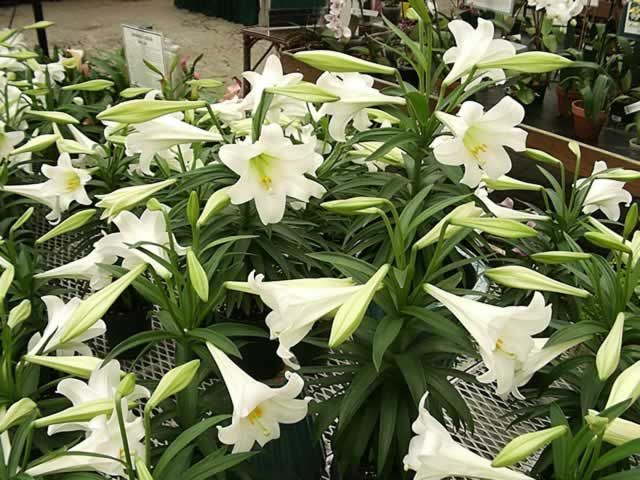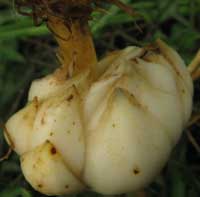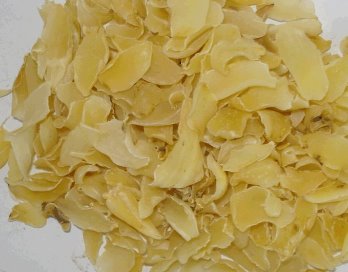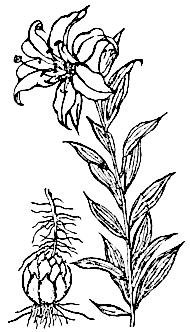[1] Barefoot Doctor's Manual- 1977 Prepared by the Revolutionary Health Committee
of Hunan Province. Original Chinese manual- Victor W. Sidel. Originally published
by Dr Joseph Quin and the Fogarty International centre, Bethdesda (1974). Madrona
Publishers Seattle Washington ISBN 0-914842-52-8
[2] A Complete English Dictionary of Medicinal Terms in Chinese Acupuncture
and Herbalism 1981- Henry Lu Chinese Foundations of Natural Health- The Academy
of Oriental Heritage, Vancouver, Canada.
[3] Medicated Diet of Traditional Chinese Medicine- Chief Editor- Hou Jinglun.
Associate Editors- Zhao Xin, Li Weidong, Liu Jianxin, Geng Chun-e, Li Guohua,
Li Shaohua. Geijing. Science & Technology Press 1994. ISBN 7-5304-1735-5/R.
309.
Images
1.
thegardenhelper.com
2.
[1]
3.
chineseherbshealing.com
4.
chinese.herbs.webs-sg.com Lilium
brownii. L. lancifoliumor and other species 百
合 Bǎi hé
Lily bulb
Family: Liliaceae
Lilium
brownii. L. lancifoliumor and other species 百
合 Bǎi hé
Lily bulb
Family: Liliaceae


 HABITAT:
Grows in loose and fertile soil along forest edges or in grass thickets.
HABITAT:
Grows in loose and fertile soil along forest edges or in grass thickets.